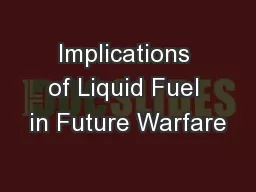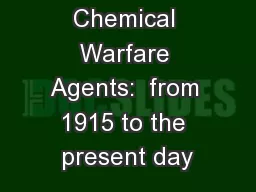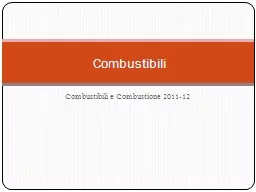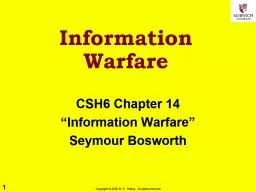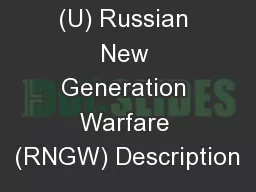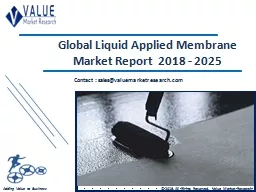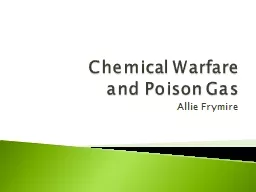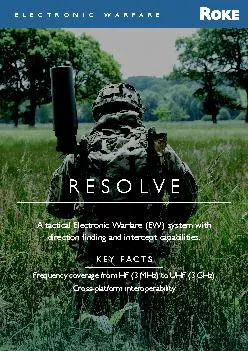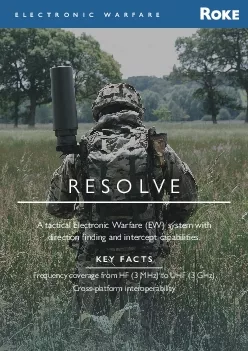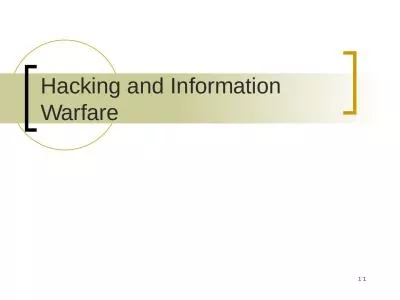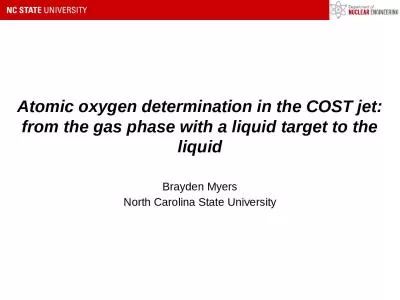PPT-Implications of Liquid Fuel in Future Warfare
Author : marina-yarberry | Published Date : 2017-06-29
Jess Kaizar Hong Tran Tariq Islam 1 Agenda Problem Statement Objectives and Scope Methodology Technical Approach Scenarios Model Development Cost Estimation
Presentation Embed Code
Download Presentation
Download Presentation The PPT/PDF document "Implications of Liquid Fuel in Future Wa..." is the property of its rightful owner. Permission is granted to download and print the materials on this website for personal, non-commercial use only, and to display it on your personal computer provided you do not modify the materials and that you retain all copyright notices contained in the materials. By downloading content from our website, you accept the terms of this agreement.
Implications of Liquid Fuel in Future Warfare: Transcript
Download Rules Of Document
"Implications of Liquid Fuel in Future Warfare"The content belongs to its owner. You may download and print it for personal use, without modification, and keep all copyright notices. By downloading, you agree to these terms.
Related Documents

